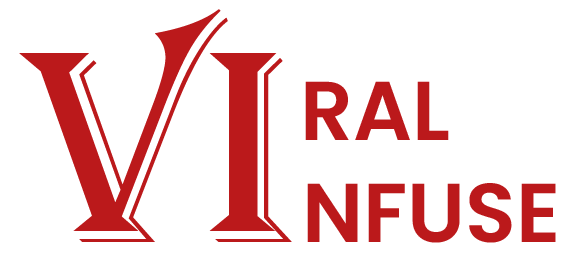Create a diary on your domain or publish on one of the social platforms. Article on how and where you can run your personal blog.
With the help of one of these services you can run your blog as a separate site with the chosen design and a unique address. Knowing how to program for this is not necessary at all. You will not be forced on which topics you can create content and which you can’t. But be prepared for the fact that such a blog is more difficult to promote, and for many features the designer will have to pay. Visit https://capital-invest-skiy.com/
Blog builders
WordPress
Third-party hosts: supported.
Cost: free.
Flexible platform, which is great for both beginners and professionals. You can create and design a simple blog in a few elementary steps. In the catalog of WordPress there is a huge number of easily customizable themes for every taste. And if you know the basics of web programming, you can change the design and functionality of your blog almost without limits.
The basic features of the platform, including a domain like address_website.wordpress.com and 3GB for hosting, are available for free. But the service also has rates that allow access to advanced options – right up to expanding functionality through a variety of plug-ins. Using the WordPress engine on your hosting service is completely free.
Wix
Third-party hosts: not supported.
Cost: free or from $8.5 per month.
Creating a blog on Wix is as follows. You register, choose a template and customize it with an advanced visual editor. Then you choose the domain format your_name.wixsite.com/site_address and start the blog.
For free, the user gets 500 MB of space on the Wix server to host content, as well as access to various widgets that extend the functionality of the blog. To get a personal domain, more hosting space, analytics tools, and other additional benefits, you need to upgrade to the paid option.
Tilda
Third-party hosting: only supported as part of the Business rate.
Cost: free or from $10 per month.
The service allows you to quickly build and set up a blog with a unique design. You only need to add and customize special blocks. Each of them is a separate functional element: photo gallery, menu, list of pages and so on. So you don’t have to start from scratch, there are nice templates available in Tilda. By default and at no cost to the user, they get a domain like address_blog.tilda.ws.
The free plan provides only 50 MB of server space and does not allow you to add more than 50 pages to the blog. To mitigate the limitations, get your own domain, as well as full access to a huge library of blocks, you need to switch to the paid plan.
Blogger
Your own hosting: Not supported.
Cost: free.
This platform, owned by Google, is very easy to use. You can create and customize a blog for your needs in minutes. Hosting and domain like address_blogger.blogger.com service provides free of charge.
However, settings of the appearance and functionality of blogs here are limited. At your service only a small number of themes and a relatively simple editor, although knowledge of HTML and CSS will allow you to make the design more or less unique. But you can’t extend the capabilities of your blog with add-ons and plugins.
Google is in no hurry to develop and support the service. So Blogger looks outdated against the backdrop of alternatives. But your blog can be monetized with contextual advertising Google AdSense. Also, the user has access to detailed statistics of visits.
Social platforms
You can create and blog on these platforms for free. What’s more, most of them offer built-in tools to make money. And recommendation systems and social features can make it much easier to promote your blog. On the other hand, you will have to reckon with the rules of these platforms and be prepared to be banned at any time.
Telegram
Built-in monetization: none.
Telegram feeds have long been full-fledged blogs. The capabilities of the service are enough to publish short notes, videos or images. If you plan to write longreads, you can use the separate text editor, Telegraph, developed especially for this messenger.
Telegram is one of the few social platforms where content is distributed without the help of algorithms. In other words, the system will not decide which of your publications to show to subscribers and which not. All content is displayed in chronological order. Therefore, the process of promoting a blog in Telegram is much more transparent.
Built-in monetization: none.
Instagram is definitely the best platform for photo blogging. But the service is also suitable for publishing videos and even text notes: you can write up to 2,200 characters under each post. Contrary to popular misconception, the Instagram audience reads interesting posts willingly. However, the design possibilities are limited. For example, you can’t even insert active links in the text.
YouTube
Built-in monetization: present.
The history of video blogging began with YouTube, and the service still maintains leadership in this area. First, it has a huge audience loyal to video content. Secondly, YouTube allows authors to make good money. Bloggers can monetize content through automated advertising and paid subscriptions. In addition, many companies cooperate very actively with youtubers directly, creating advertising integrations.
Embedded monetization: present.
As a blog, you can also develop a personal profile or public page here. The distribution of content among subscribers is handled by an unpredictable algorithm, which also does not like external links. There are also advertising tools for the paid promotion of blogs. And recently Facebook users have been allowed to financially support authors.



